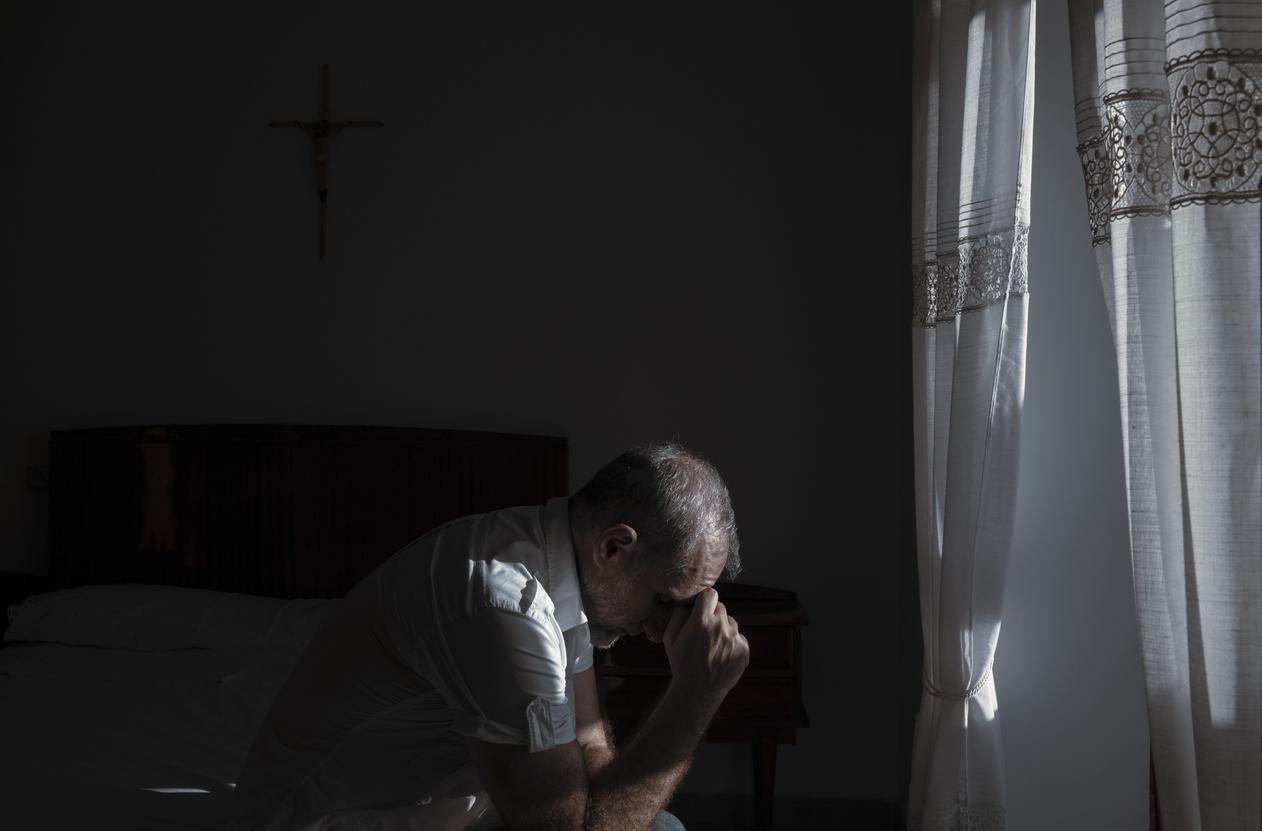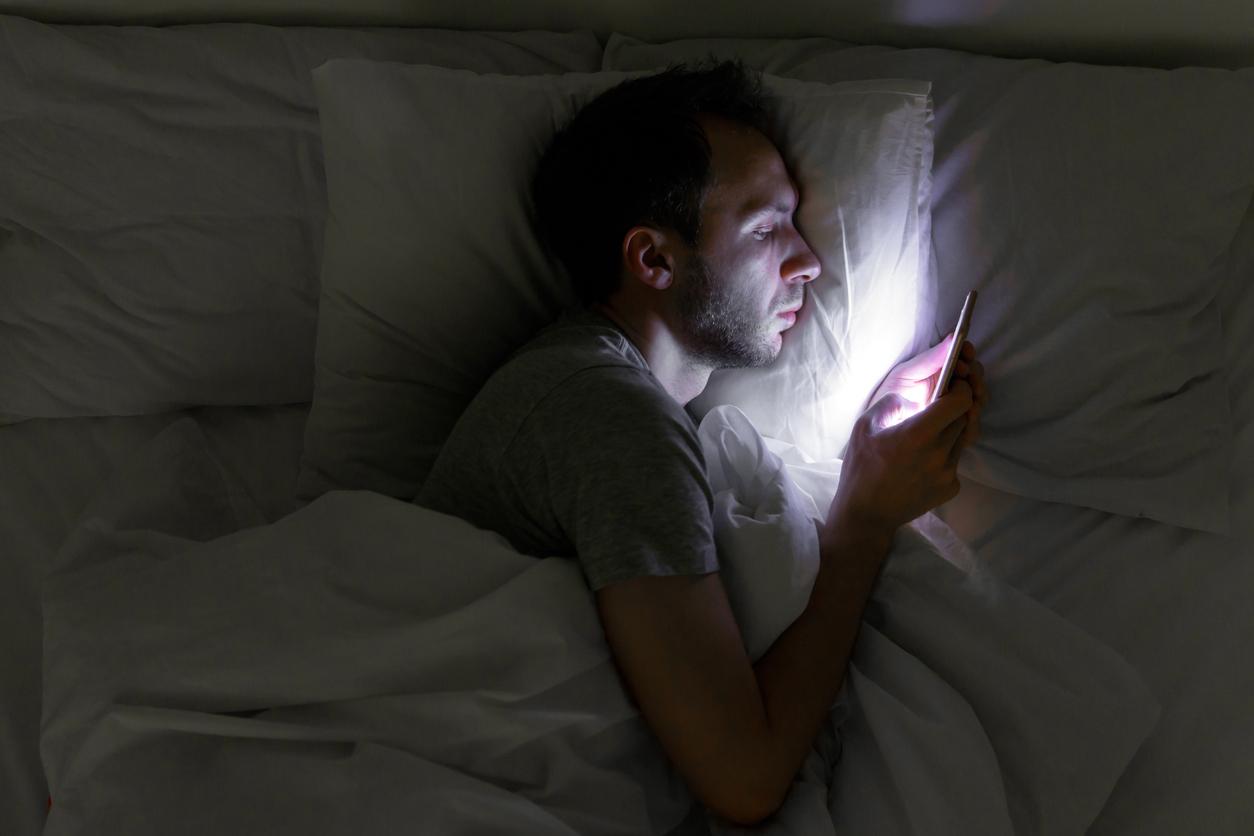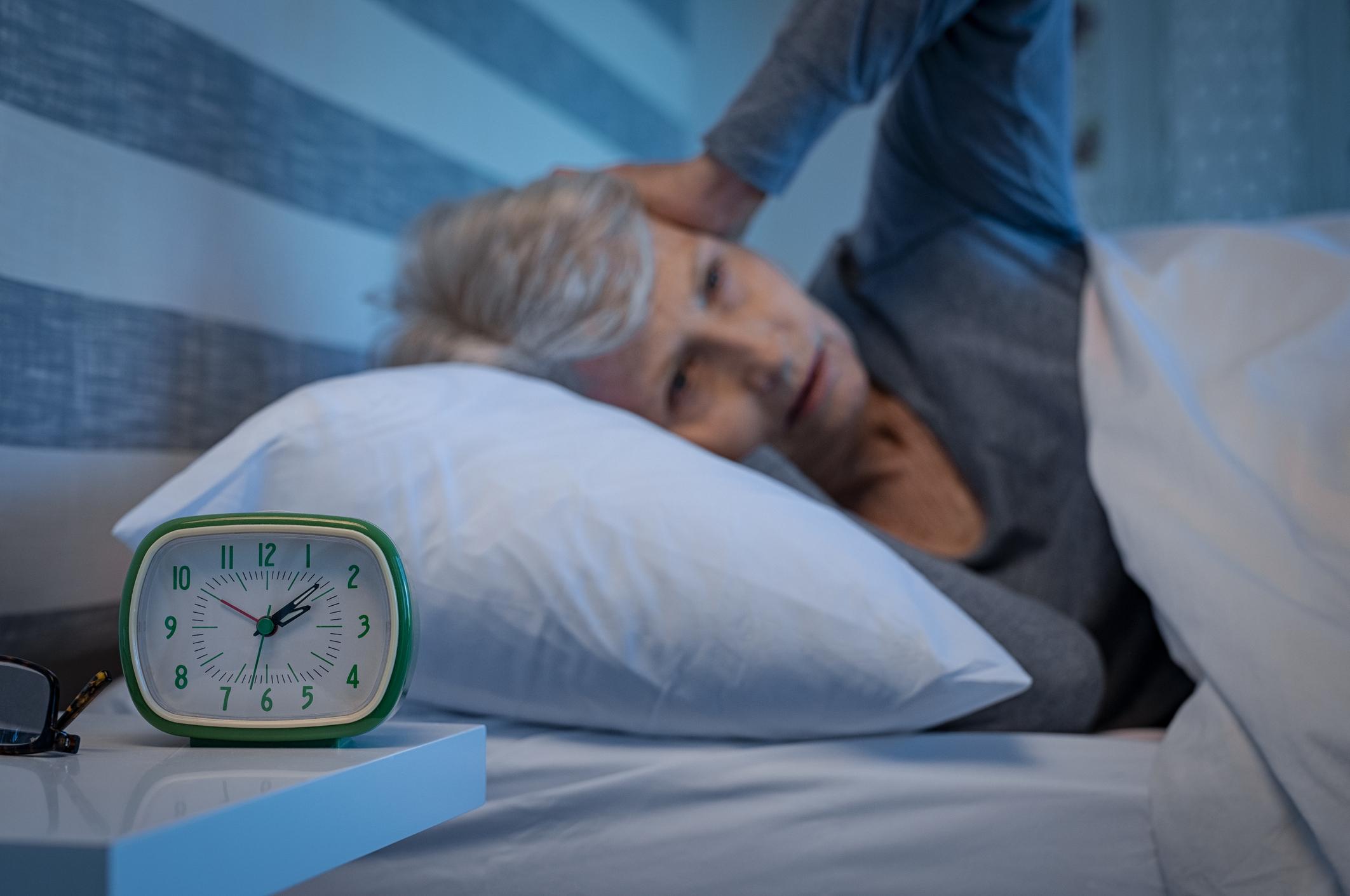Vision declines with age and poor lighting or strong contrasts between light and dark can limit the ability of older people to react in everyday life, negatively impacting the sleep-wake rhythm.

- The size of the pupil adapted to lighting is determined by the level of light and it decreases with age, more precisely by about 0.4 millimeters per decade.
- A reduction in pupil dilation “can have an adverse effect on the overall quality of life and work.”
- Older adults also have less light available to their circadian clock, which impacts physical well-being and sleep.
When driving at night, oncoming traffic can dazzle us and impair our vision. Sometimes, we can only see the edges of the road, the central reservation or pedestrians. Although this type of situation does not only affect older people, their pupils seem to react less agility than those of younger adults to dynamically changing light stimuli.
Pupil width decreases by about 0.4 millimeters per decade
To test this hypothesis, scientists from the University of Basel (Switzerland) conducted a study, published in the journal Royal Society Open Sciencein which they recruited 83 women and men aged 18 to 87. The participants were equipped with a custom-made portable video eye tracker and a spectroradiometer measuring near-corneal spectral irradiance. They were then exposed to various everyday situations in typical lighting conditions during the day: indoors with artificial and natural light, working on a computer with an LED screen, and outdoors during a walk in natural light. In the laboratory, the volunteers were also exposed to artificial light of different wavelengths (red, green, blue, and white) and their pupil dilation was assessed so that it could be compared and controlled against other tests.
“Our results show that the size of the pupil adapted to light is determined by the level of luminosity and confirm the hypothesis that the ability of the pupil to adapt to changing light situations decreases with age,” have declared authors. According to their analysis, the width of the pupil decreases by about 0.4 millimeters per decade. Thus, young people see better in dimly lit environments than older people because of the greater agility of their pupils.
Decreased pupil dilation plays “an unfavorable role in quality of life”
As a reminder, when light enters the eye, the pupil functions like the aperture of a camera and the retina like a light-sensitive sensor. According to the team, if the incidence of light becomes too high, the visual perception will correspond to overexposure. If there is not enough light, there will be underexposure.
“At home or at work, reduced visual acuity can have a negative impact on the overall quality of life and work due to reduced pupil dilation. While the eye must adapt quickly to changing light levels, high-contrast lighting outside a home at night or on a staircase can pose a tripping hazard. In the workplace, a well-lit, glare-free environment can help people who need to react quickly or who require a high level of concentration,” explained Manuel Spitschan, lead author of the work.
An impact on the sleep-wake rhythm of the elderly
The results also revealed that older people had significantly less light available for their circadian clock. This has an impact on physical well-being, particularly on sleep quality. “We know that older people are more vulnerable to disruptions to their sleep-wake cycle. Our study shows that the amount of light we need to maintain our health and well-being may need to be adjusted as we age, although there is also evidence that our brains adapt. Future research will help determine how to translate this evidence into recommendations that apply to everyone, young and old.”the researchers concluded.

















